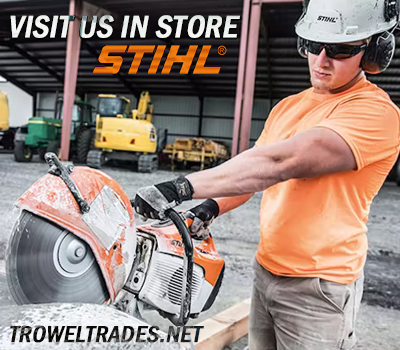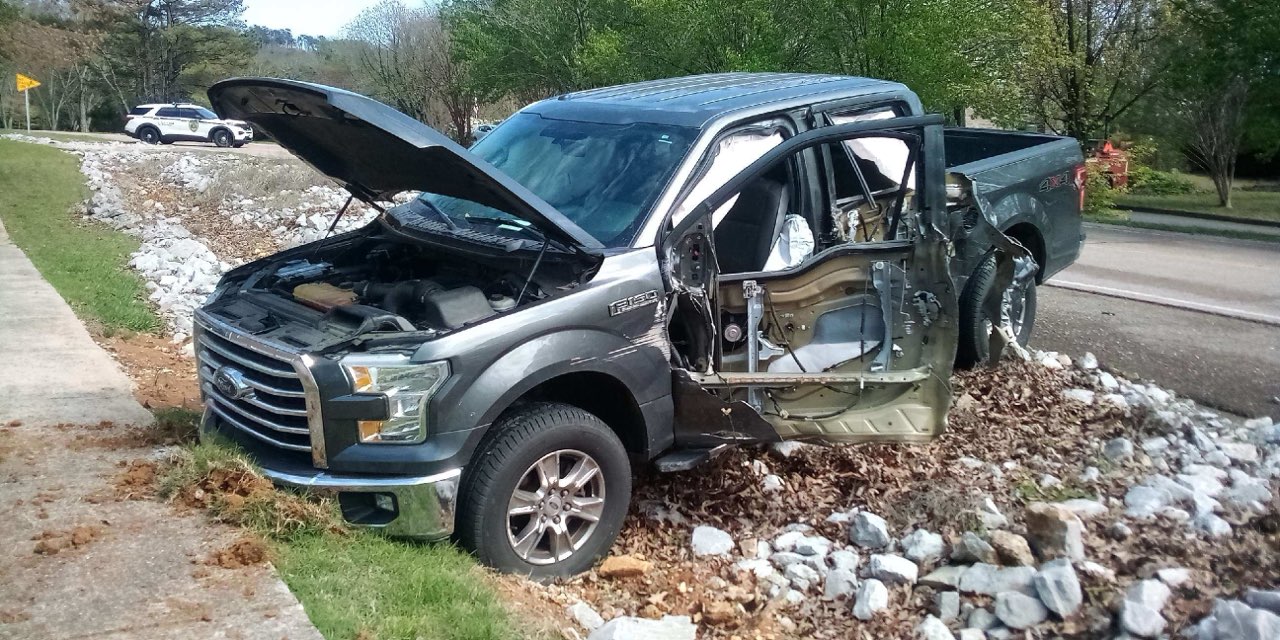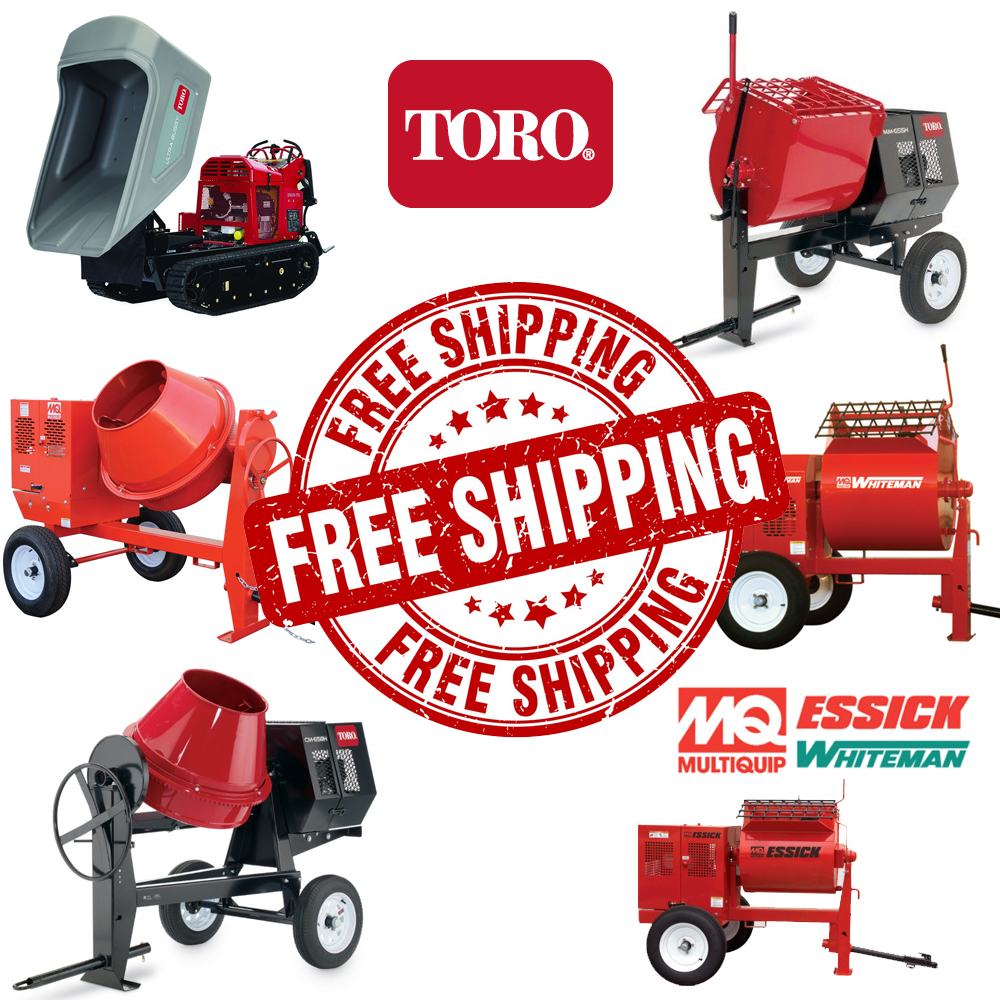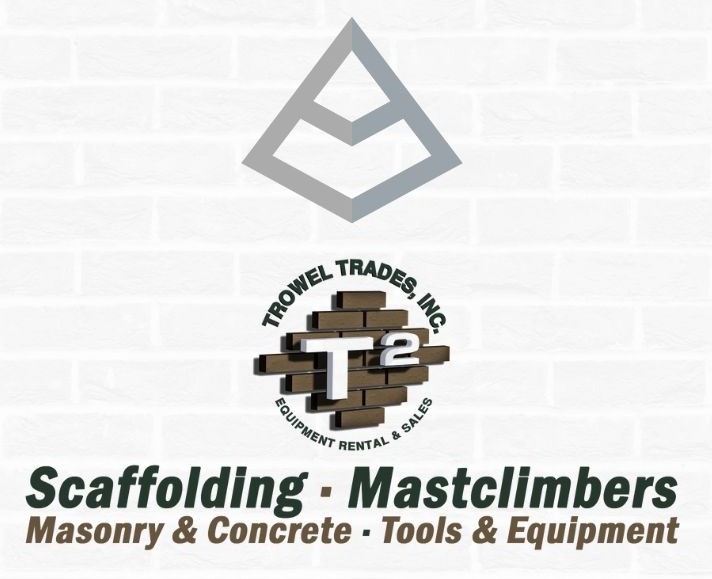
FREE SHIPPING ON
ALL QUALIFYING ORDERS
Enter your email below to join our mailing list:

Summer has come and gone, the leaves are just starting to turn, and the moon even blocked out the sun for some of us lucky few. And as the seasons turn that means it’s time again to take a closer look at how fall protection equipment gets used in the real world.
So grab your jacket out of the closet and keep those stylish eclipse glasses handy, and ask yourself, what’s wrong with this picture?

In reviewing our image for this quarter it’s nice to see that we don’t have anything blindingly dangerous, so we can set our glasses aside (we’re safe in the US until April 8th, 2024). That isn’t to say that there’s nothing wrong, but here we see an image filled with good intentions, which is always something to applaud.
We have a number of components to look at, so let’s get started. First up, let’s talk about our harness. While we can’t see the leg and chest buckle connections, all of the straps appear to be untangled and fitted properly. Remember, a correctly donned full-body harness will fit snugly, but still allow for a full range of movement. Our worker appears to be squatting down comfortably without the harness pinching his legs or otherwise inhibiting his movement, so the fit looks good.
We also see that “JR” has written his name on his harness on the provided location on the label cover. This is great because it will help him grab the same harness every day, which can reduce time spent on adjustment and fitting. Generally speaking, it’s acceptable to mark harness webbing with non-corrosive ink (Sharpie pens work great), but since we provide you with a location to write your name, why not use it?
The one minor concern we have in respect to the harness is the dorsal D-ring location. Some tension is clearly being applied to the D-ring, which makes it a bit challenging to determine its resting location, but it appears to be adjusted a little too low. Ideally, we want our dorsal D-ring to be located at the upper middle part of the shoulder blades, which allows for the worker to be positioned more upright in the event of a fall. While Superman can pull off the whole horizontal flying thing, it’s not the most comfortable position to be in while awaiting rescue. But all JR needs is a quick adjustment and he’ll be in good shape.
Next, let’s move on to the SRLs. We have two in our picture: a Diablo Web SRL with rebar hook end and (mostly out of picture) a Halo Cable SRL-LE, which is connected to an 18” D-ring extension lanyard.
Starting with the Diablo Web, we see that it’s connected to the harness dorsal D-ring via a carabiner, which is exactly how it should be, but then we see the rebar hook connected to the side D-ring of the harness. Connecting the unused hook of the SRL to a lanyard keeper is exactly what we want to see, but this is not the function of a side D-ring. Lanyard keepers, located next to the chest strap on the front of the harness, are designed to break away in the event a strong enough force is applied to them. This can help prevent the worker from getting dragged or pulled when that force is applied. The D-ring, however, won’t break, which could result in our worker going along for an unplanned ride. The fix here is again simple: disconnect the rebar hook from the side D-ring and connect it to a lanyard keeper.
Moving on to the Halo Cable SRL-LE, ask yourself a question: is it permitted to have an extension lanyard and a carabiner simultaneously connected to the same dorsal D-ring? Yes, it is! OSHA prohibits the connection of two gated objects to the same D-ring, but our extension lanyard installs by looping around the D-ring and cinching down. Extension lanyards are a great way to assist a worker who needs to use different equipment throughout the course of their day without constantly having to disconnect the unused equipment. Here, our worker can safely keep his Diablo SRL attached to his harness, while switching over to a different SRL when needed.
But then ask yourself, is an extension lanyard the right piece of equipment to use here? What are the primary uses of an SRL-LE, and where does the shock absorber need to be positioned in those applications?
SRL-LEs are designed for the in Leading Edge (LE) applications, which are those where the potential exists for the lifeline to impact the edge of the fall hazard in the event of a fall. The ANSI Z359.14.14 SRL standard states that the shock absorbing element of an SRL-LE must be directly connected to the harness dorsal D-ring, which means no intermediary extension lanyards would be permitted in LE applications. It’s possible that our worker is working in Fall Restraint (for SRLs, the fully extended length of the lifeline must not allow the worker to access any fall hazards), in which case the use of the extension lanyard is perfectly acceptable, but if it is indeed a LE application then the lanyard would need to be removed. And then, because the snap hook of the Halo Cable SRL-LE would be directly connected to the harness dorsal D-ring, we would have two gated objects attached to the same D-ring, meaning our Diablo Web SRL would need to be removed as well.
Our image this quarter is a great example of how fall protection can be simple in theory, but more complicated in practice. Different applications frequently require different products and procedures, so it becomes essential to sufficiently plan what is needed and when. While in previous editions we’ve seen some pretty egregious errors, here we saw a case where a few minor changes can have a significant impact on safety, so always make sure to keep an eye out for even the smallest improvements and adjustments.





No spam, notifications only about products and updates.

Having dealt with MK Diamond Products and the Delahauts since the mid 1990’s it is sad to hear the news that they have closed their

I’ve told my wife and daughter to never follow a mortar mixer down the interstate. For over 30 years we have sold, rented, and repaired

This question is one of the most frequent mixer related questions our rental staff are asked. Our contractor customers know the importance of using the right tools for the job.

Trowel Trades, a company that specializes in equipment rental, tool retail, repair services, scaffolding and mast climber access solutions, enters the Silver Tier of the Masonry Alliance Program.
Your email was submitted successfully.
YOUR 10% OFF COUPON CODE IS WELCOME10.
See category exclusions below.
Category Exclusions:
Arbortech Brick and Mortar Saw, Compaction, Concrete Mixers, Concrete Walk Behind Saws, Drop Hammers, Grout Hogs, iQ Power Tools, Masonry Block Saws, Masonry Brick Saws, Mast Climbers, Mortar Mixers, Mud Buggy, Saws, Scaffold, Self Dumping Hoppers, Shoring, and Stihl